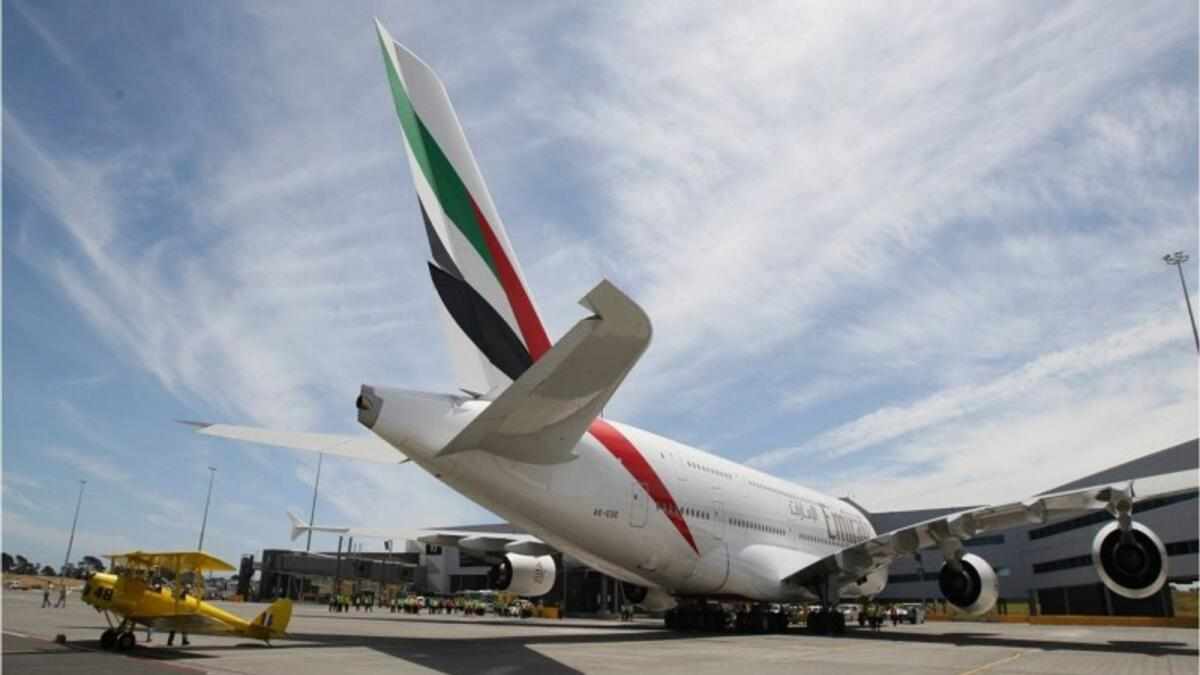Dubai began to return to normalcy on Thursday as Dubai Airports, a major international travel hub, regained full operational capacity following a record-breaking downpour that caused widespread flooding across the United Arab Emirates. The heaviest rainfall ever recorded in the desert nation created significant disruptions, submerging roads and hindering access to the airport for both staff and passengers.
On Wednesday, Dubai International Airport, the world's busiest for international travel, had limited functionality due to the weather. Terminal 1 operations were suspended, causing a backlog of flights. However, with floodwaters receding and roads being cleared, Dubai Airports Chief Operating Officer Majed Al-Joker assured a swift return to normalcy. By Thursday morning, Terminal 1 reopened, allowing airlines to resume passenger arrivals. Al-Joker anticipated a full return to operational capacity within 24 hours, and while assessing the full extent of the damage, he expressed confidence that operations would be back on track.
The unprecedented rainfall event presented a unique challenge for Dubai, a metropolis accustomed to arid conditions. The deluge caused significant disruptions to daily life, with many roads becoming impassable. Despite the challenges, Dubai's robust infrastructure and emergency response mechanisms facilitated a swift recovery effort. The UAE government deployed resources to clear flooded areas and ensure essential services remained operational.
The return to normalcy at Dubai Airports serves as a positive sign for the region's tourism industry, a vital sector of the UAE's economy. Dubai is a global travel destination, and the swift restoration of air travel demonstrates the emirate's ability to adapt and recover from unforeseen circumstances. While the long-term impact of the flooding remains to be seen, Dubai appears to be successfully navigating the immediate challenges posed by this historic weather event.

